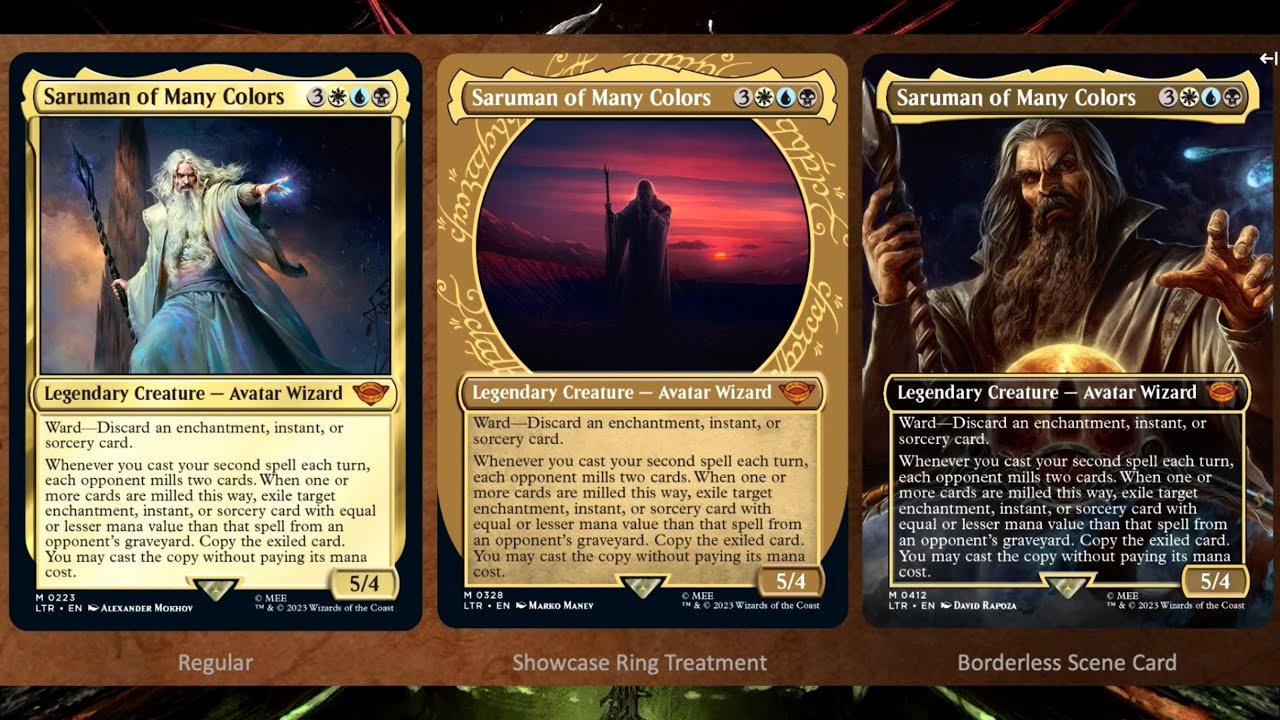The Hidden Language of Magic: How MTG Card Design Shapes the Way We Play

Magic: The Gathering didn’t just stumble into becoming a cultural phenomenon. The game’s longevity is no accident—it’s the result of years of design choices that subtly tap into how our minds work. From the colors we gravitate toward to the way booster packs keep us coming back, there’s a deeper method behind the magic.
What Your Favorite Color Really Says
Magic’s iconic color wheel is more than flavor—it mirrors core human motivations. Whether you play casually or competitively, you’ve probably noticed you lean toward one or two colors. There’s a reason.
Blue thrives on control and intellect, ideal for those who love systems and analysis.
Red runs on emotion and spontaneity—perfect for players who like fast, bold moves.
Black appeals to those who want to win at any cost—strategists who thrive on leverage and ambition.
White speaks to people who find satisfaction in structure, fairness, and balance.
Green resonates with those who value nature, tradition, and organic growth.
This alignment isn’t random. Back in 2018, head designer Mark Rosewater pointed out that over three-quarters of players tend to reflect the values of their favorite color in real life.
How Magic Hooks You (And Keeps You Coming Back)

The game uses a few well-known psychological tools to keep players engaged—but unless you’re looking for them, you might not realize how effective they are.
Booster packs give variable rewards, like a slot machine. Sometimes you get gold; sometimes, not so much. That unpredictability keeps people buying.
Set symbols and expansion icons light up the collector’s urge—completing a set isn’t just satisfying, it feels necessary.
Big flashy cards, especially mythics, create those larger-than-life moments where you feel unstoppable.Tournament play and online buzz tell us what’s good—so even if a card doesn’t appeal to us at first, social proof nudges us toward it.These mechanics aren’t inherently manipulative, but understanding them gives you more control over your own habits.
The Frame Tells a Story Too
When the card frame was updated in 2015, it wasn’t just to make things prettier. Every design decision served a purpose.Expanding the art space helps you connect with the card’s identity at a glance.Tidying up the rules box reduces visual clutter, making cards easier to read and understand quickly.That tiny holographic oval on rares? It’s doing two jobs—helping prevent counterfeits and giving a prestige cue. Little stamp, big psychological signal.These tweaks make play smoother and collecting more enjoyable, even if you’re not consciously aware of them.
Why Knowing This Changes How You Play
Once you start noticing how the game is built to tap into different instincts—strategy, status, surprise—you start making smarter choices.You might find yourself picking cards that feel better to play with, not just those that win.You can spot the moments where you’re being nudged into buying, and step back before hitting checkout.Most importantly, your appreciation deepens. You stop seeing Magic as just a game, and start recognizing it as one of the most thoughtful entertainment systems ever made.
Curious which cards match your mindset? You can explore more at https://mtgetsy.com/, where recommendations are built around your personal play style.
Let’s Talk: Does your deck match who you are? Drop your color identity and see what others think.
Bonus Insight: Take a closer look at legendary creatures—notice the little crown? That isn’t just for flavor. We’re wired to notice and value status symbols, and Wizards knows it.



